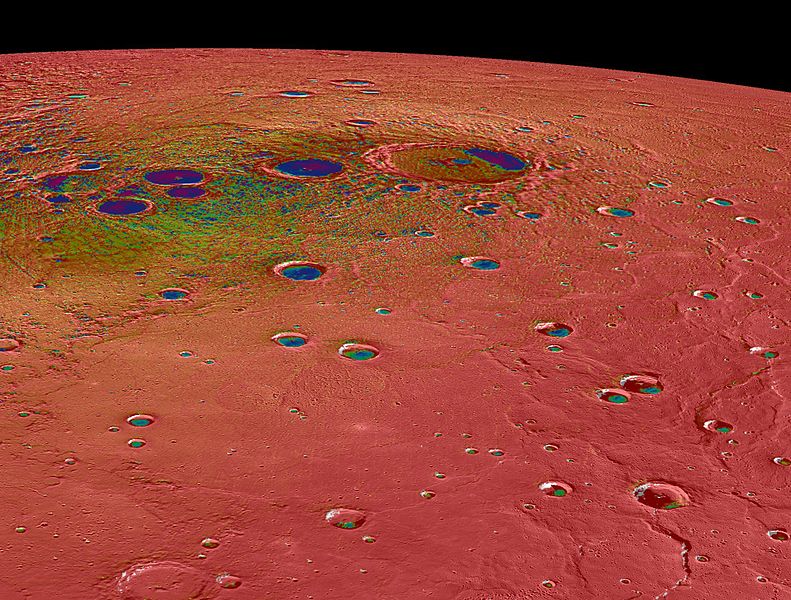File:PIA19247-Mercury-NPolarRegion-Messenger20150316.jpg
Vai alla navigazione
Vai alla ricerca

Dimensioni di questa anteprima: 791 × 600 pixel. Altre risoluzioni: 317 × 240 pixel | 633 × 480 pixel | 1 013 × 768 pixel | 1 280 × 971 pixel | 2 044 × 1 550 pixel.
File originale (2 044 × 1 550 pixel, dimensione del file: 714 KB, tipo MIME: image/jpeg)
Cronologia del file
Fare clic su un gruppo data/ora per vedere il file come si presentava nel momento indicato.
| Data/Ora | Miniatura | Dimensioni | Utente | Commento | |
|---|---|---|---|---|---|
| attuale | 00:32, 17 mar 2015 |  | 2 044 × 1 550 (714 KB) | Drbogdan | User created page with UploadWizard |
Pagine che usano questo file
Le seguenti 3 pagine usano questo file:
Utilizzo globale del file
Anche i seguenti wiki usano questo file:
- Usato nelle seguenti pagine di af.wikipedia.org:
- Usato nelle seguenti pagine di ar.wikipedia.org:
- Usato nelle seguenti pagine di be.wikipedia.org:
- Usato nelle seguenti pagine di bg.wikipedia.org:
- Usato nelle seguenti pagine di ca.wikipedia.org:
- Usato nelle seguenti pagine di cs.wikipedia.org:
- Usato nelle seguenti pagine di en.wikipedia.org:
- Usato nelle seguenti pagine di et.wikipedia.org:
- Usato nelle seguenti pagine di fr.wikipedia.org:
- Usato nelle seguenti pagine di nl.wikipedia.org:
- Usato nelle seguenti pagine di pl.wikipedia.org:
- Usato nelle seguenti pagine di pt.wikipedia.org:
- Usato nelle seguenti pagine di www.wikidata.org:


